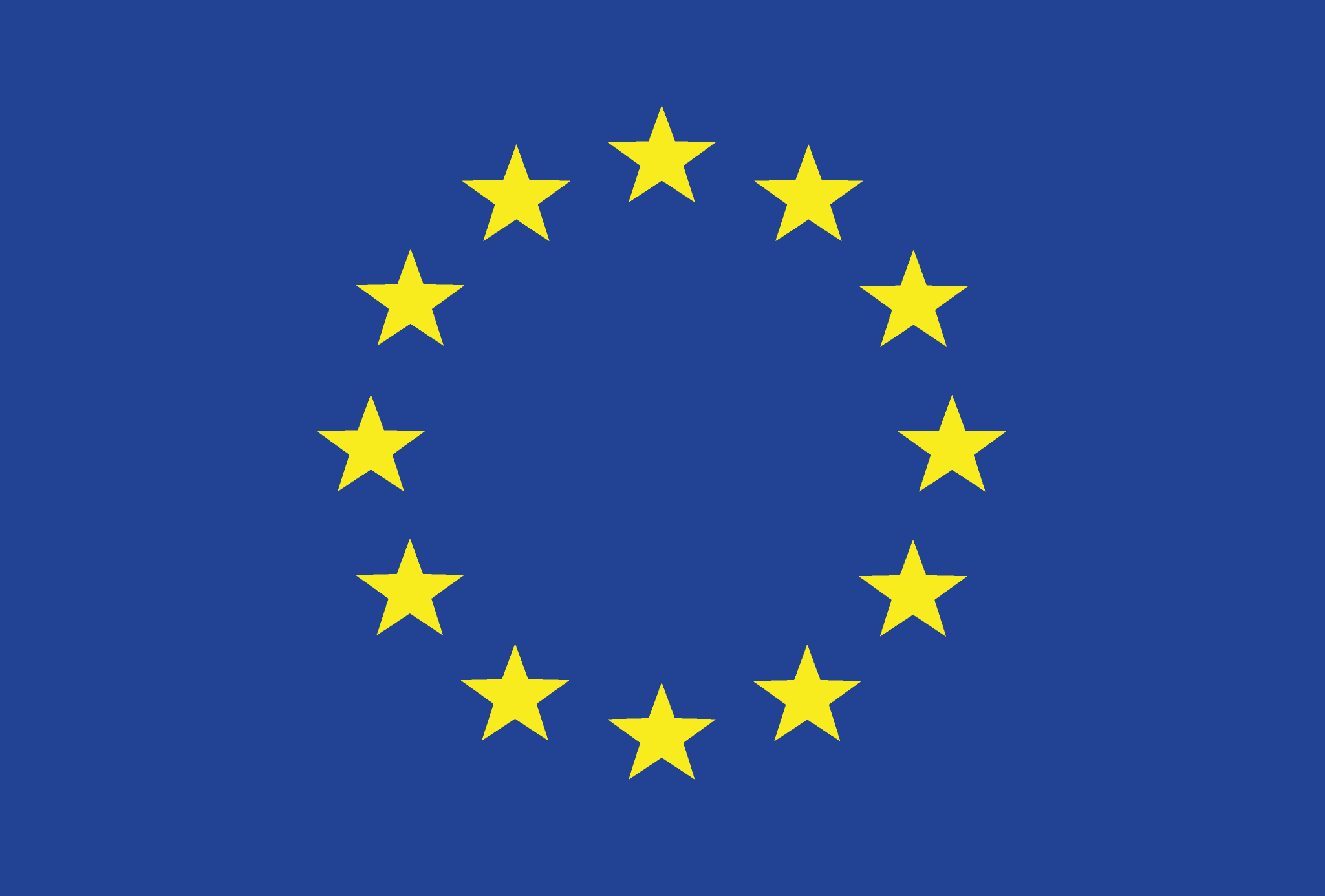EPoS „Economy, Politics & Society“ is an interdisciplinary research area in which economic, organizational, political and social structures, contexts and developments are studied. The scientific diversity of this interdisciplinary research focus facilitates mutual information about new findings across disciplinary and organizational boundaries and inspires the development of new research ideas and collaborations. The disciplines represented in the research area EPoS from the fields of business administration, educational science, media science, work and organizational psychology, philosophy, political science, sociology, statistics and economics deal with the following theoretical, methodological and content-related focal points based on a broad spectrum of competences: We research frameworks, structures and processes, behavior and decisions and their consequences for institutions, markets, companies, organizations, groups, communities and individuals in different cultural, digital and temporal-spatial contexts; We develop new methodological procedures for data collection and data analysis and work with theory-based empirical and experimental approaches as well as mathematical formal modelling; We deal with questions of philosophy of science, reflexivity in the theory of science, scientific practices, relational theory and methodology. This way, we provide relevant information for decision-makers in politics, business and society on how to deal with current and future challenges. The researchers of EPoS “Economy, Politics & Society” strive for high quality research and relevance through interdisciplinary and international cooperation; all scientific questions are examined from multiple perspectives. High-ranking publications, the quality of the submissions of competitive research proposals as well as in the promotion of young researchers in the established doctoral programs reflect our efforts.

